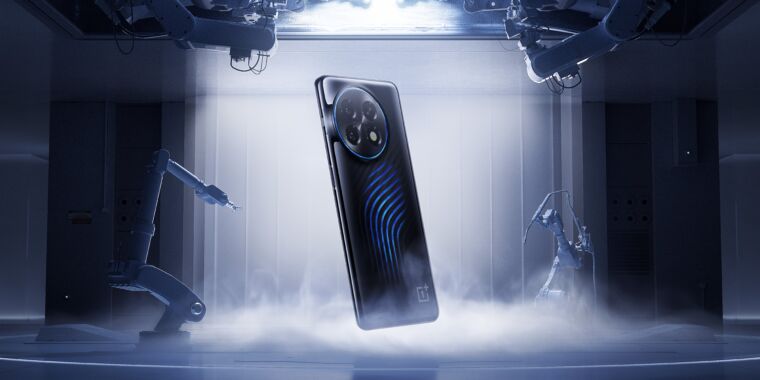
NASA
At just over two minutes to go before SpaceX’s Falcon 9 rocket was due to launch a crew of four astronauts to the International Space Station early on Monday, the mission was scrubbed due to an issue with igniter fluid.
NASA’s Crew-6 mission had been due to take off at 1:45 am ET from Launch Complex 39-A in Florida, at Kennedy Space Center. During the space agency’s webcast, the host first mentioned the issue with the TEA-TEB igniter fluid about five minutes before the anticipated liftoff time. Mission operators were not able to clear the technical issue before the instantaneous launch window opened.
The crew was safe on board the Crew Dragon spacecraft. NASA astronauts Stephen Bowen, the mission commander, and Warren “Woody” Hoburg, its pilot, along with United Arab Emirates astronaut Sultan Alneyadi and Roscosmos cosmonaut Andrey Fedyaev, both mission specialists, will egress the vehicle later on Monday morning after propellant is off-loaded from the rocket.
The mission has a backup opportunity early on Tuesday, February 28. But whereas the weather was ideal on Monday morning, it may be less so on Tuesday. Conditions at the launch site should be fine, but forecasters have some concerns about weather along the rocket’s track, which would come into play should there be an abort during the launch, and Crew Dragon needs to make an emergency return to Earth. NASA and SpaceX have opportunities to launch the Crew Dragon mission on March 2, 3, and 4 as well.
Shortly after the scrub, SpaceX tweeted a little bit more information about the cause: “Standing down from tonight’s launch of Crew-6 due to a TEA-TEB ground system issue,” the company said.
TEA-TEB is a combination of triethylaluminum (TEA) and triethylborane (TEB). Essentially, these are two different metal elements each linked to three hydrocarbon atoms. These molecules are held together by rather tenuous bonds that break easily. When it comes into contact with oxygen, therefore, TEA-TEB spontaneously combusts.
This is useful for igniting rocket engines, which turns out to be a rather tricky thing to do, at least when it comes to precisely starting engines at a certain time, in a carefully controlled manner. For the Merlin 1D engines inside the Falcon 9, oxygen is pumped into the engines’ combustion chambers to meet up with TEA-TEB. After combustion begins, kerosene is injected into the chamber, and the flow of the TEA-TEB igniter fuel is turned off. Then, to increase thrust, the flow of oxygen and kerosene are increased.
Early in their development of the Falcon 1 and Falcon 9 rockets, SpaceX struggled mightily with safely handling TEA-TEB and getting the Merlin engines to ignite when desired. “The best thing about TEA-TEB is that it ignites on contact with air,” SpaceX’s original launch director, Tim Buzza, said. “The worst thing about TEA-TEB is that it ignites on contact with air.”
Given the danger involved in working with the chemical, SpaceX probably made a good decision to stand down Monday morning’s launch.








